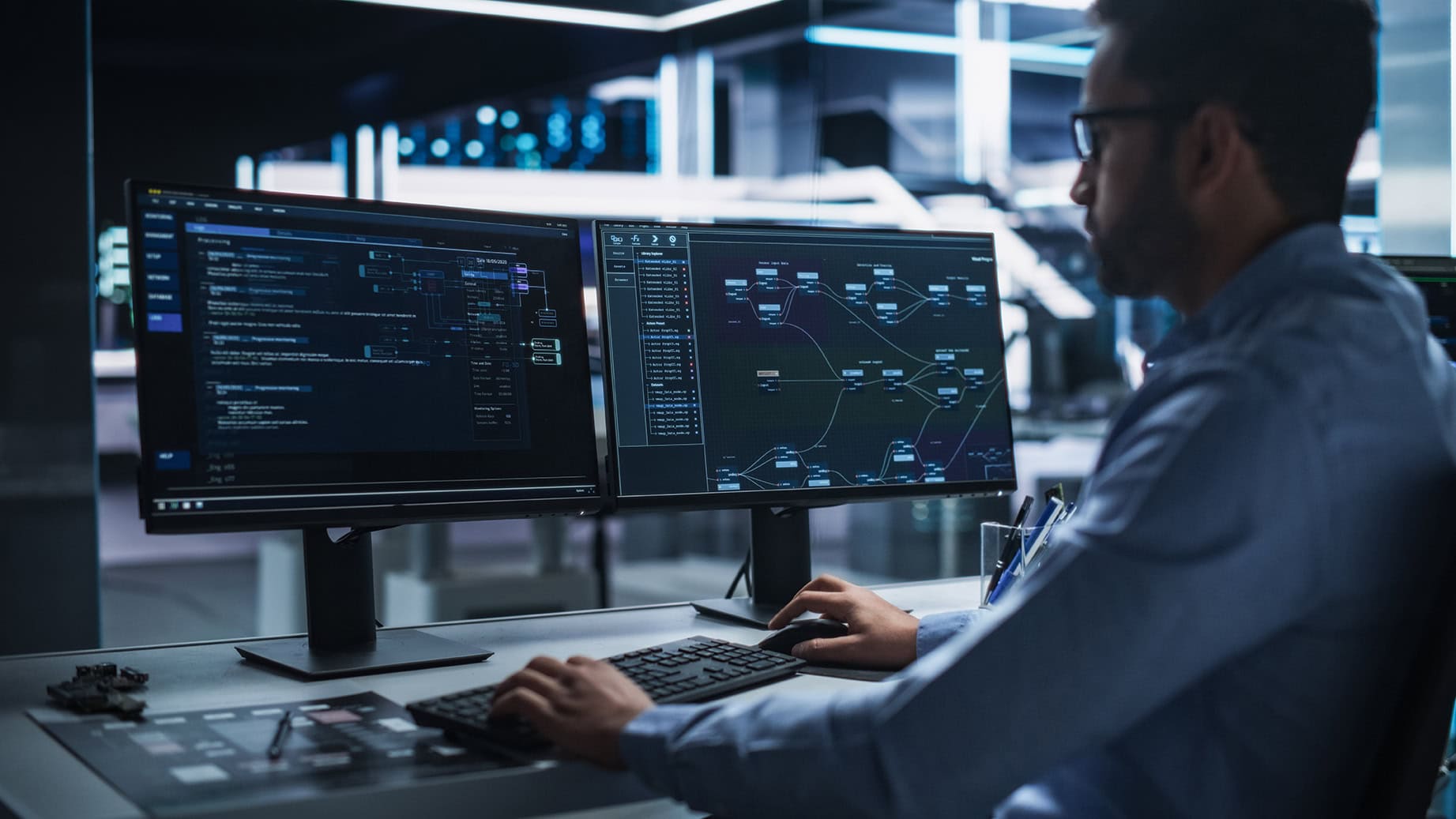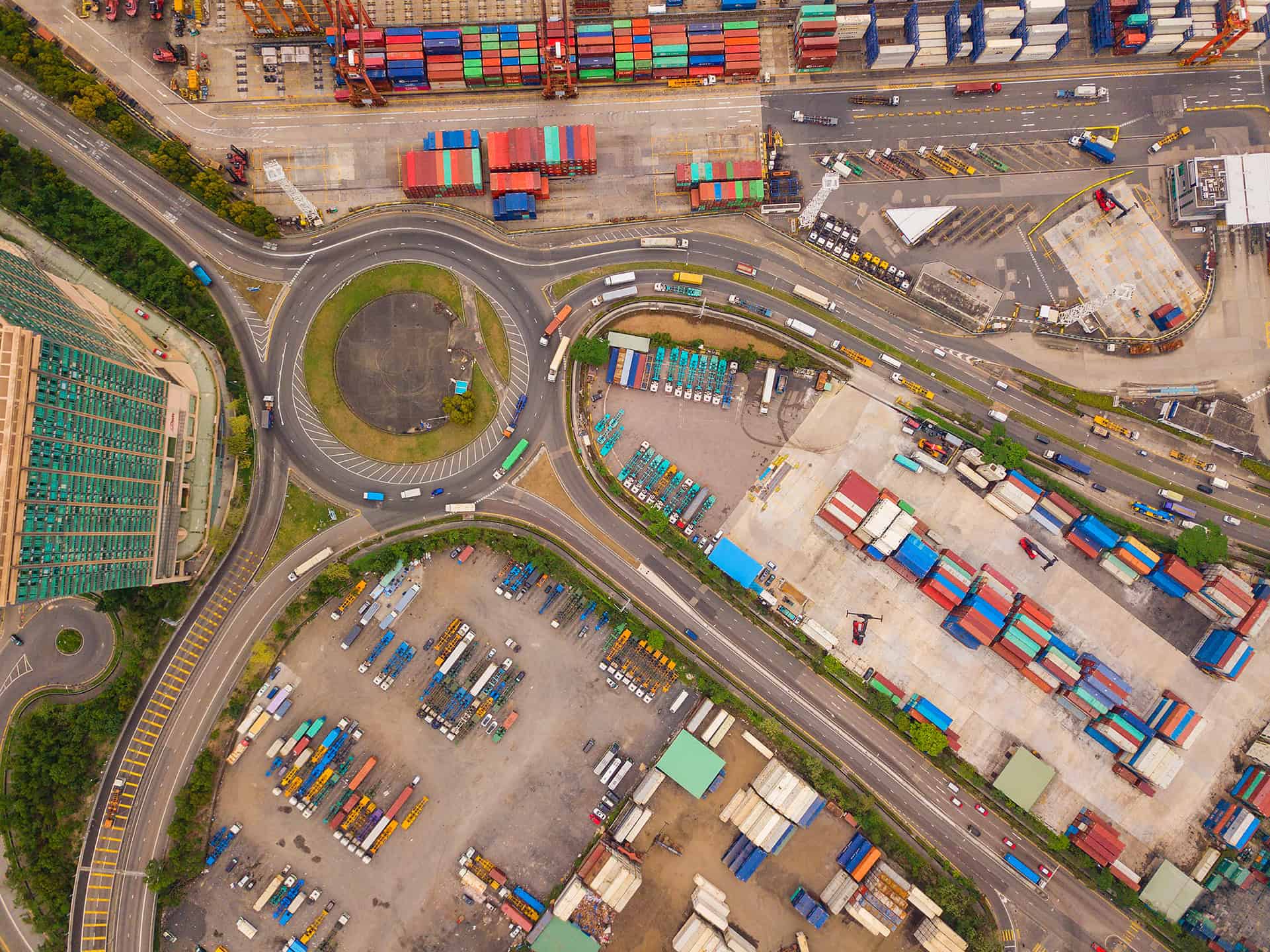
Global disruptions have made one thing clear: end-to-end visibility and control are no longer optional—they’re critical for building resilient supply chains. Companies need more than basic visibility. They require control tower capabilities powered by real-time data and artificial intelligence (AI) that break down silos and deliver actionable insights across the entire supply chain.
Not all control towers are created equal
Here’s the truth: some control towers are just a patchwork of siloed systems with an overlay that tries to connect them. That approach falls short. What businesses really need is a single, unified solution that combines functional capabilities, normalized data, collaboration tools, and AI to handle any business use case. This calls for a new way of thinking about what makes a control tower effective.
What to look for in a modern control tower
1. A large, multi-tier network
A robust network is the foundation of a true control tower. Without it, you’re stuck building one-to-one connections instead of leveraging hundreds of thousands of pre-existing connections across every tier and ecosystem in your supply chain.
2. A canonical data model
Data normalization is key. A canonical data model delivers decision-grade information, complete visibility, and ultimate control, enabling you to identify and resolve disruptions quickly.
3. Integrated, AI-driven applications
Today’s control towers should span end-to-end supply chain processes—from upstream planning to downstream execution—on a single platform. If your solution only covers planning or execution, you’re missing half the equation. Look for field-proven AI capabilities that provide predictive and prescriptive analytics across functions, enterprises, and ecosystems.
The new standard for digital supply chains
Modern control towers must include these pillars:
- A global, multi-enterprise network spanning demand, supply, channel, and logistics ecosystems
- A full suite of AI-driven applications and predictive analytics
- A unified user experience on one operational platform
E2open delivers all of this—and more. That’s why analysts and industry experts consistently rank us among the top providers of control tower capabilities.
Learn more about the value of end-to-end control tower capabilities in the 2025 Nucleus Control Tower Value Matrix, where e2open was named a Leader.




